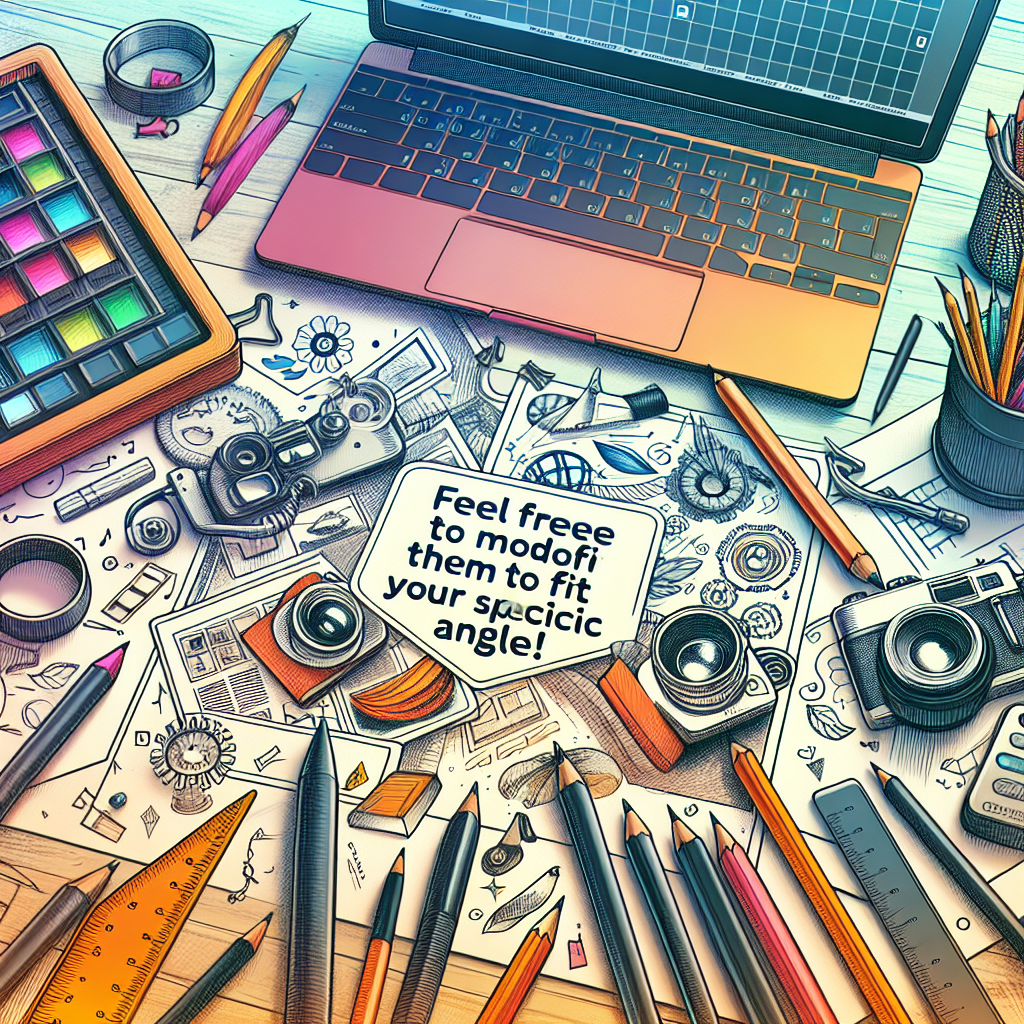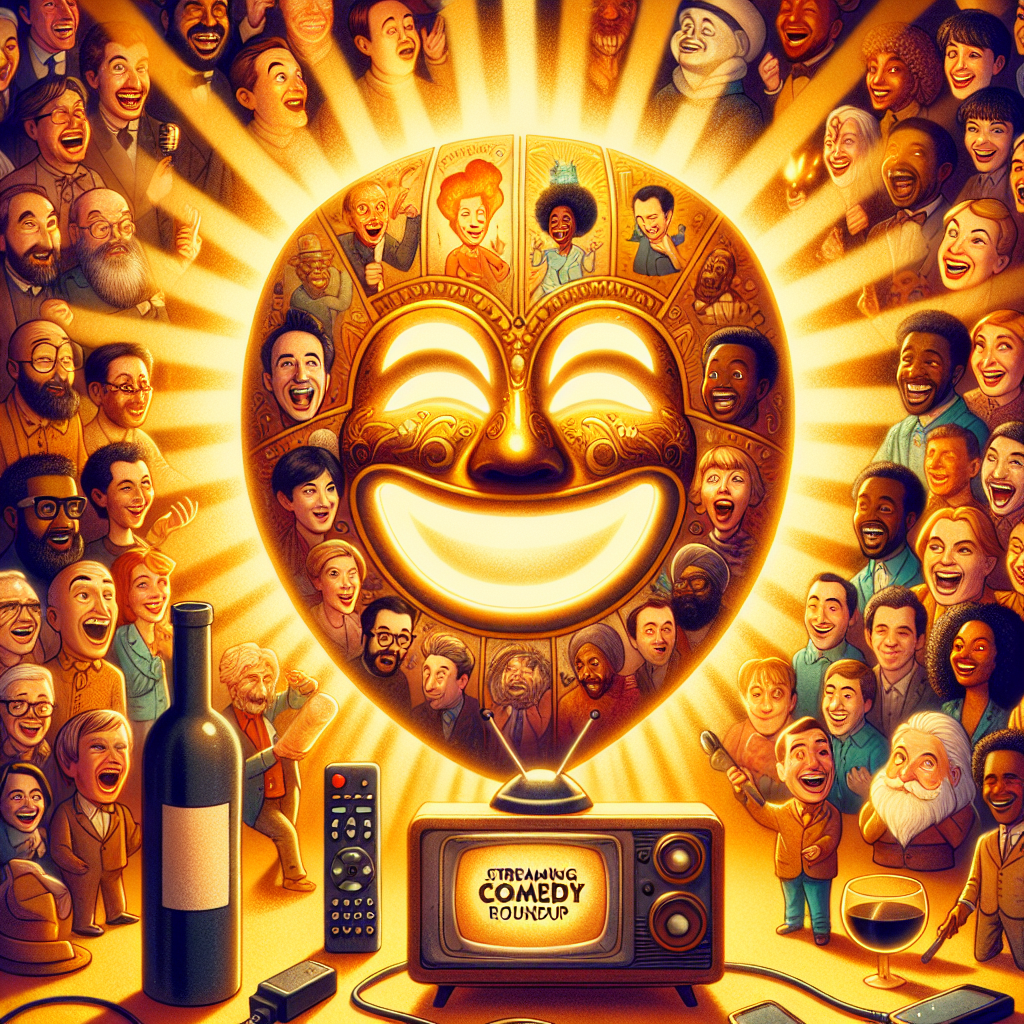Creating Characters: How Sketch Comedy Brings Unique Personalities to Life

Table of Contents
- Introduction
- The Importance of Character in Sketch Comedy
- Understanding Character-Driven Comedy
- Engaging the Audience
- The Process of Creating Characters
- Step 1: Conceptualization and Ideation
- Step 2: Defining Unique Traits
- Step 3: Backstory Development
- Step 4: Testing in Performance
- Iconic Characters in Sketch Comedy
- The Power of Memorable Archetypes
- Case Study: “The Office”
- Techniques for Creating Effective Characters
- Satire and Social Commentary
- Utilizing Contrasts and Conflicts
- Embracing Authenticity
- Sketch Comedy in the Digital Age
- The Rise of Online Platforms
- Impact on Character Development
- How to Engage With Sketch Comedy
- Exploring Live Performances
- Consuming Sketch Comedy Content Online
- Conclusion
- References
Introduction
Sketch comedy has long been a powerful platform for expressing creativity and humor through unique characters. From iconic television shows to live performances, the art of character creation in sketch comedy captures the imagination and elicits laughter. This article will explore the intricate process of character development within sketch comedy, revealing how these personalities come to life and resonate with audiences.
The Importance of Character in Sketch Comedy
Understanding Character-Driven Comedy
Characters are the heartbeat of sketch comedy. They serve as conduits through which comedic narratives unfold. Each character’s traits, quirks, and motivations contribute significantly to the overall humor of the sketch. According to Psychology Today, humor is deeply intertwined with personality, allowing audiences to connect emotionally and intellectually.
Engaging the Audience
Engaging an audience starts with relatable, memorable characters. When viewers find elements of themselves or their experiences in the characters, laughter often follows. Effective characters can reflect societal norms, highlight absurdities, and provide commentary on human behavior, making them an essential element of sketch comedy.
The Process of Creating Characters
Step 1: Conceptualization and Ideation
Creation begins with conceptualizing the character. This step involves brainstorming traits, backgrounds, and motivations. Writers often start with a basic idea or stereotype and expand upon it. For instance, consider the archetype of the overzealous boss or the oblivious parent; these concepts can serve as jumping-off points for deeper character development.
Step 2: Defining Unique Traits
Once a basic concept is established, writers flesh out unique traits. This includes defining the character’s physical appearance, mannerisms, and idiosyncrasies. A recognizable trait can contribute significantly to comedic impact. For example, think of a character who speaks in an exaggerated accent or exhibits a peculiar obsession. Such traits can offer immediate comedic potential.
Step 3: Backstory Development
A compelling backstory adds depth to characters and makes them relatable. By providing characters with histories, audiences gain insight into their motivations and quirks. For example, a character who is overly enthusiastic about their job may have faced rejection in their youth, explaining their zeal.
Step 4: Testing in Performance
Characters often evolve through performance. Writers and actors test their creations during rehearsals, observing how audiences respond. Feedback can lead to modifications that enhance comedic effectiveness. This iterative process helps refine character dynamics and ensures the humor resonates.
Iconic Characters in Sketch Comedy
The Power of Memorable Archetypes
Several characters have become iconic in sketch comedy, demonstrating the effectiveness of character-driven humor. Characters like "The Coneheads" from Saturday Night Live or "The Church Lady" showcase how specific personality traits can lead to legendary comedic moments.
Case Study: “The Office”
Although primarily a sitcom, The Office uses sketch comedy elements to highlight character-driven humor. Characters like Michael Scott and Dwight Schrute have become staples in contemporary comedy. Their distinct personalities and motivations resonate with viewers, allowing for memorable comedic moments that stem from their character traits.
Techniques for Creating Effective Characters
Satire and Social Commentary
Sketch comedy often employs satire, using characters to critique societal norms. This approach adds depth to character creation, turning them into vehicles for commentary. For instance, a character representing a specific demographic can highlight the absurdities of stereotypes, leading to both humor and reflection.
Utilizing Contrasts and Conflicts
Creating characters that embody contrasting traits can generate comedic tension. For example, a highly organized character paired with a free-spirited counterpart creates a dynamic that naturally lends itself to humor. This contrast can drive the narrative and lead to comedic situations.
Embracing Authenticity
Authentic characters resonate more deeply with audiences. Writers should strive to create characters that reflect real human experiences, even if exaggerated. This authenticity allows for genuine connection, fostering laughter from shared experiences.
Sketch Comedy in the Digital Age
The Rise of Online Platforms
With the advent of social media and video-sharing platforms, sketch comedy has evolved. Creators can reach global audiences, turning their unique characters into viral sensations. Platforms like YouTube and TikTok enable creators to experiment with character-driven sketches, leading to new comedic forms.
Impact on Character Development
Digital platforms offer immediate feedback and engagement. This immediacy allows character traits to be quickly adapted based on audience response, leading to the evolution of character development. Characters can become more relevant and relatable, reflecting current trends and cultural conversations.
How to Engage With Sketch Comedy
Exploring Live Performances
Attending live sketch comedy shows offers a unique opportunity to witness character creation in action. Local theaters and comedy clubs often host performances that highlight emerging talents and innovative character work.
Consuming Sketch Comedy Content Online
Platforms like Netflix offer a plethora of sketch comedy shows such as I Think You Should Leave with Tim Robinson and A Black Lady Sketch Show. Engaging with diverse content can provide inspiration for character development and comedic techniques.
Conclusion
Creating characters in sketch comedy is an intricate process that combines humor, relatability, and creativity. By focusing on character-driven narratives, writers can bring unique personalities to life, enhancing the comedic experience for audiences. As the landscape of sketch comedy continues to evolve, so too will the characters that define it—capturing the essence of human experience and promoting laughter in the process.
For further reading on character development and its impact in various mediums, check out articles on character building and performative comedy.
References
Latest Posts
You Might Also Like

Lorem ipsum dolor sit amet, consectetur adipiscing elit. Ut elit tellus, luctus nec ullamcorper mattis, pulvinar dapibus leo.
TOP NEWS
Copyright © 2025 FunnyShowStreaming.site | All rights reserved.



















Comments are off for this post.